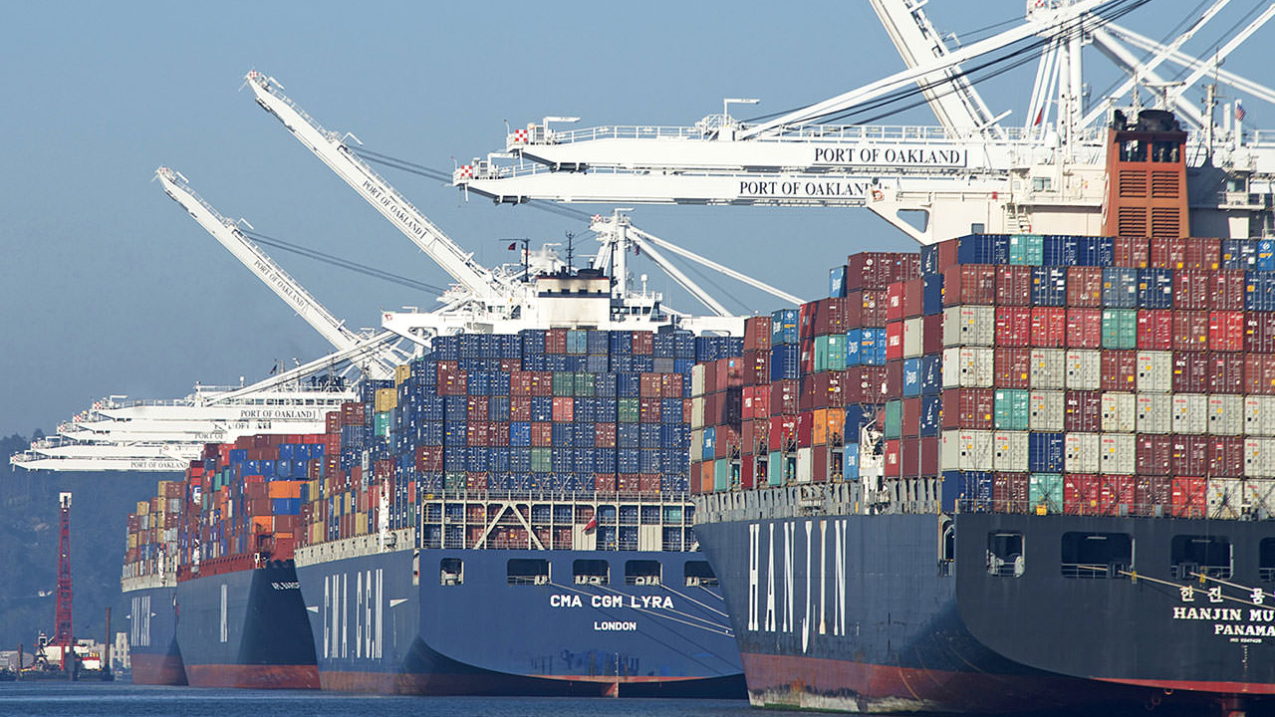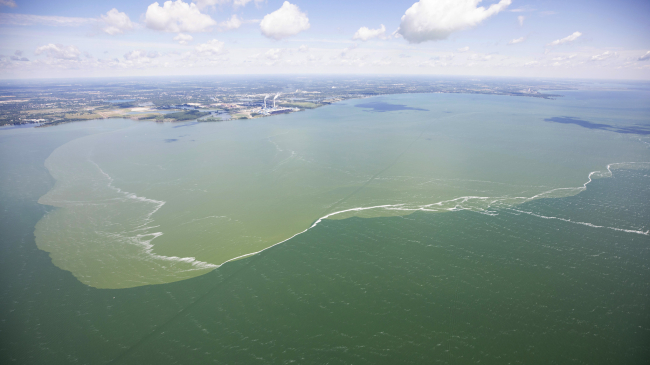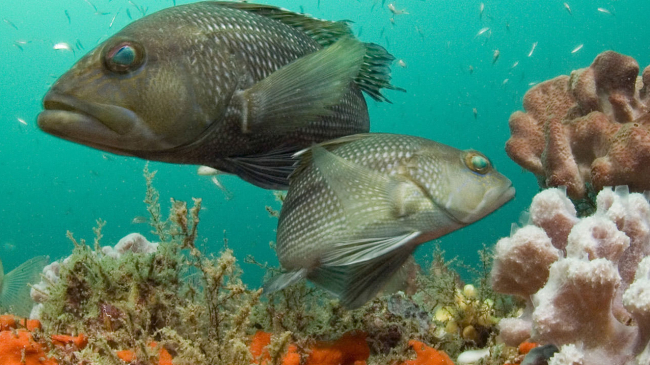$476 billion contribution helps build a ‘greater, more Climate-Ready Nation’

As container ships continue to grow in size and ports — like the Port of Oakland in California — grow more congested by the year, NOAA plays an increasingly critical role in U.S. marine transportation. NOAA services and products improve the efficiency of ports and harbors, promote safety, and help to ensure the protection of coastal marine resources. (Image credit: NOAA National Ocean Service)




